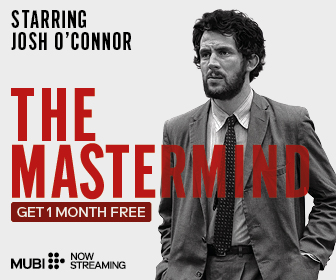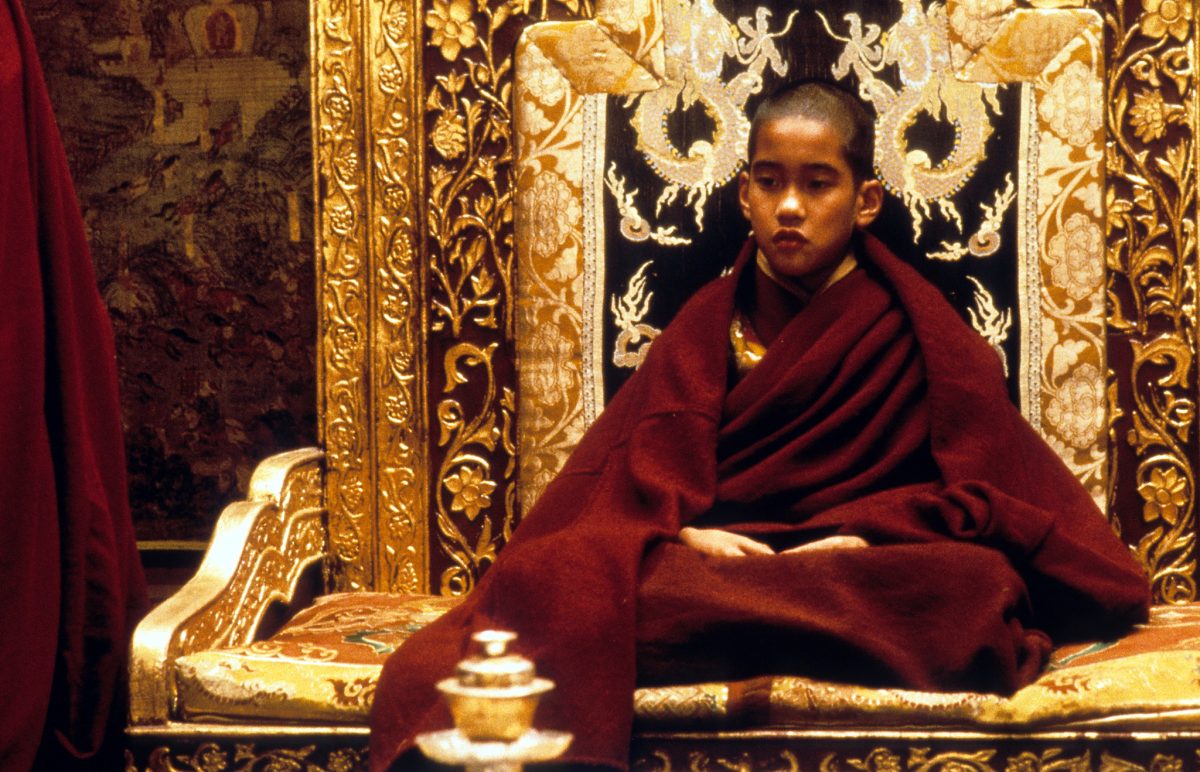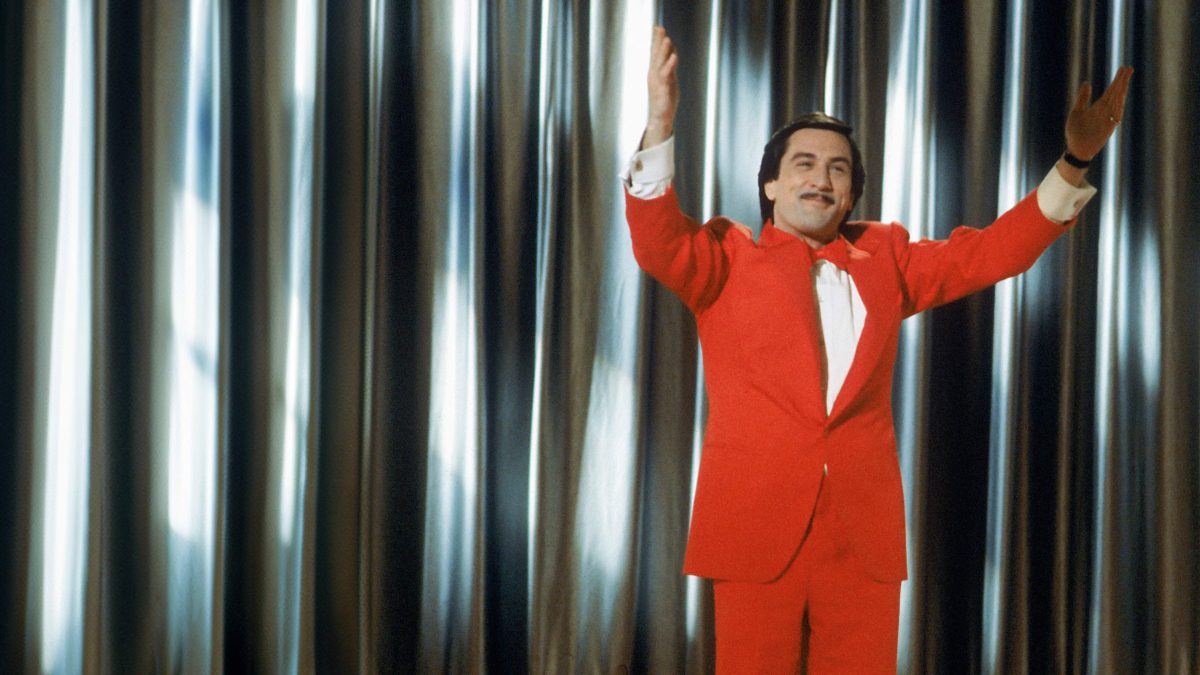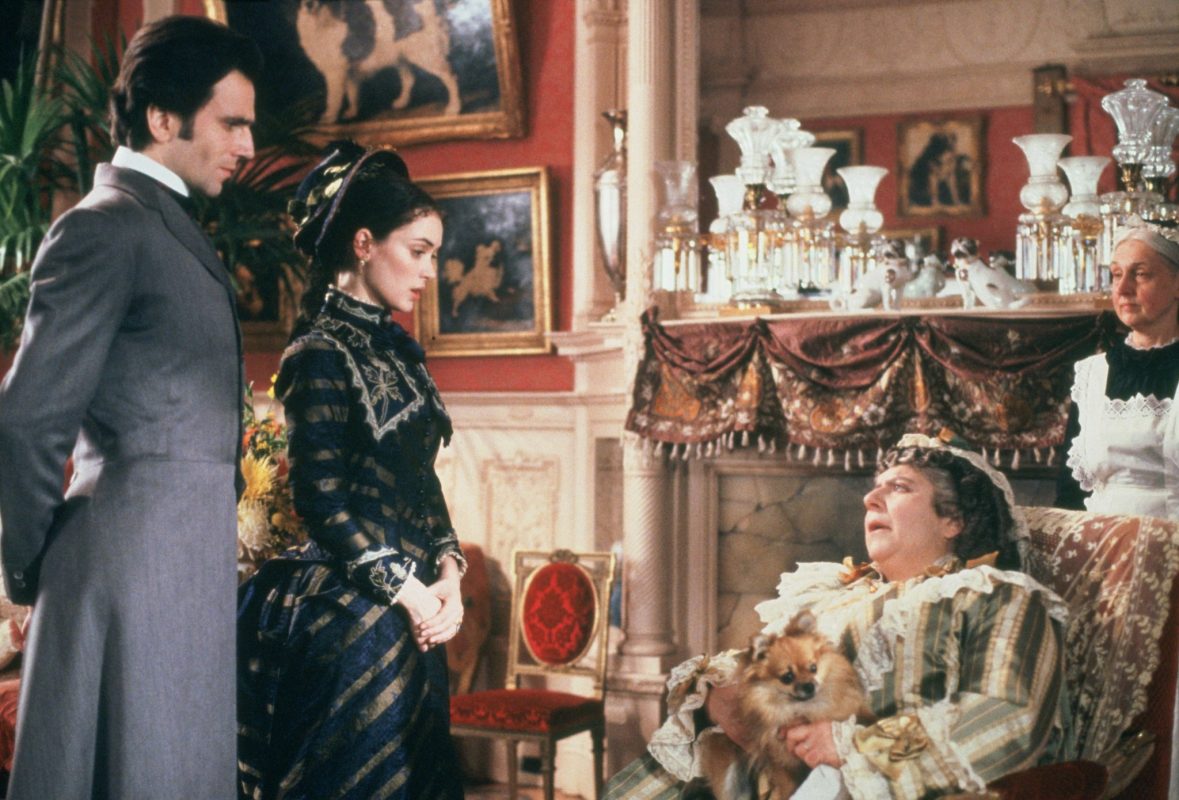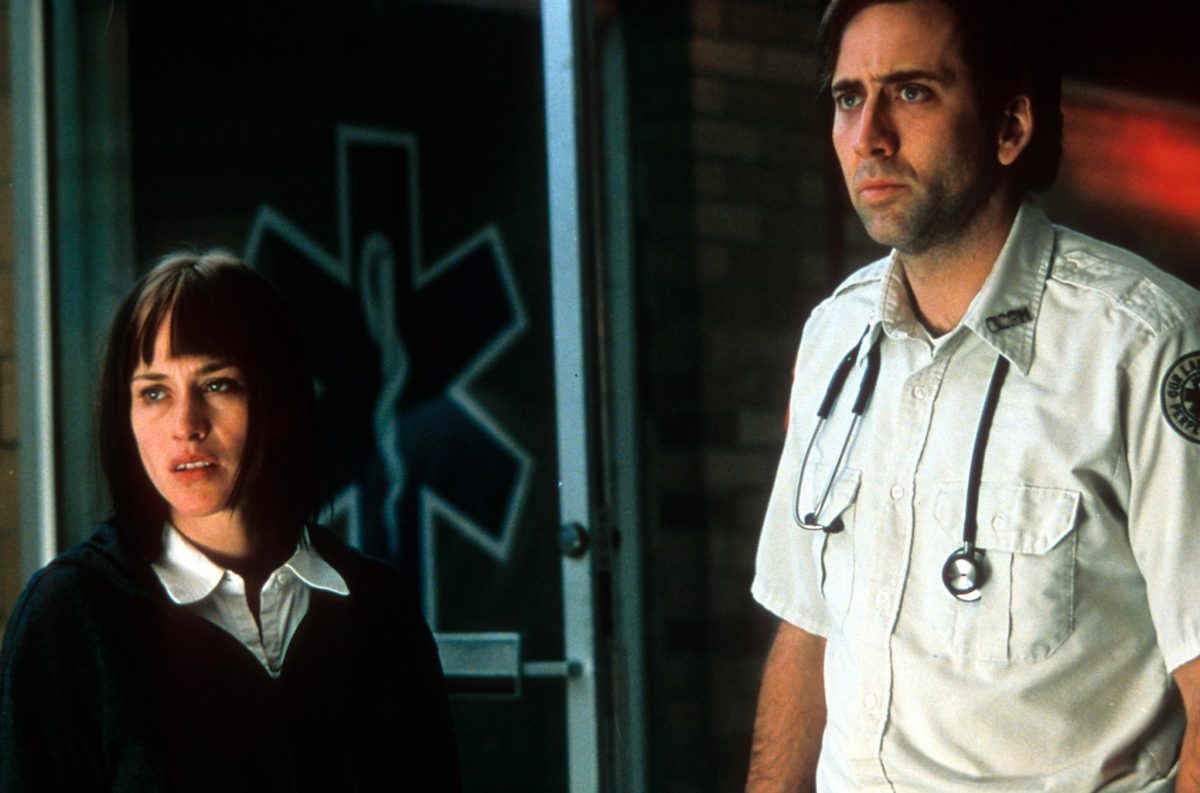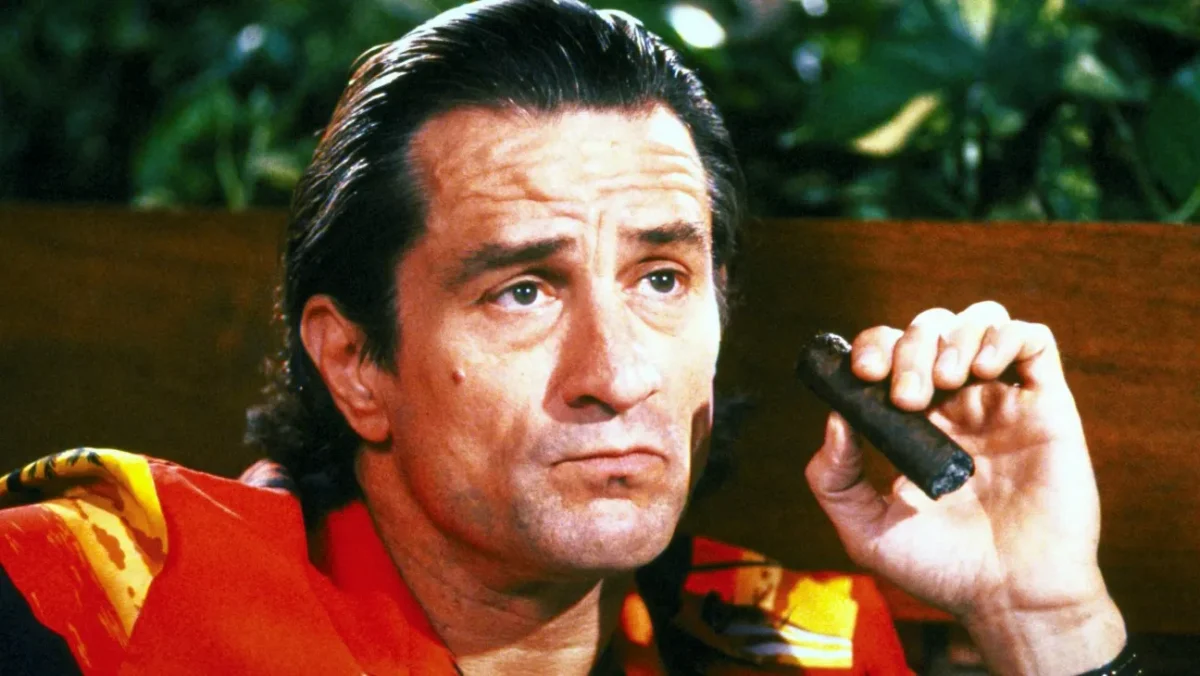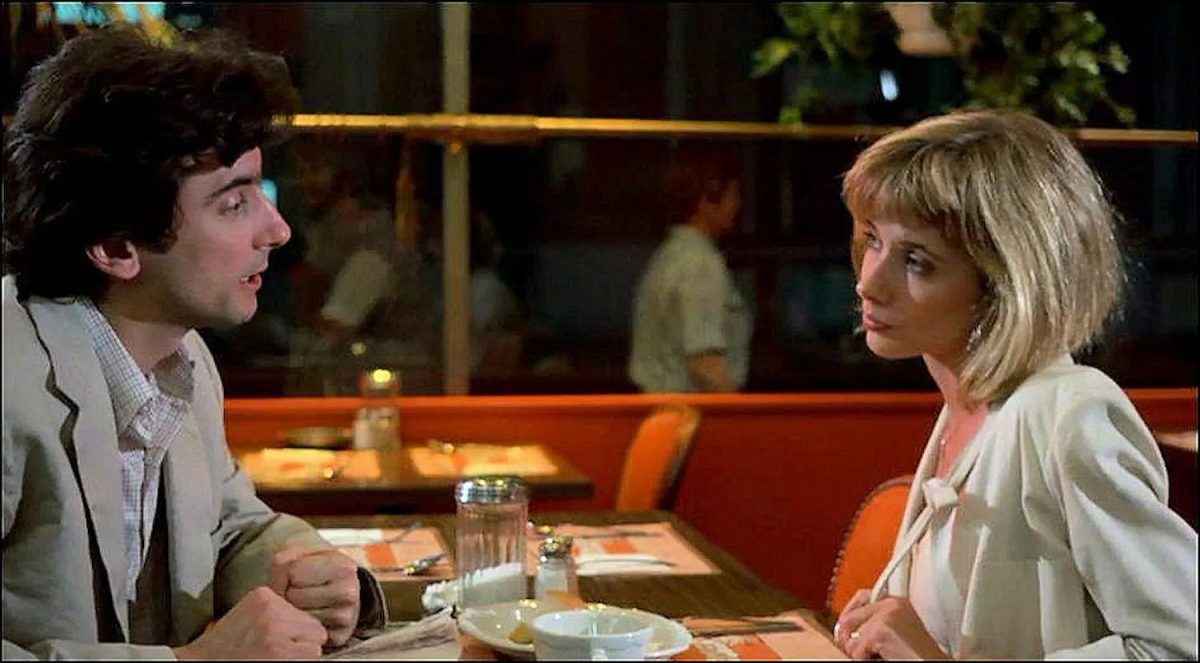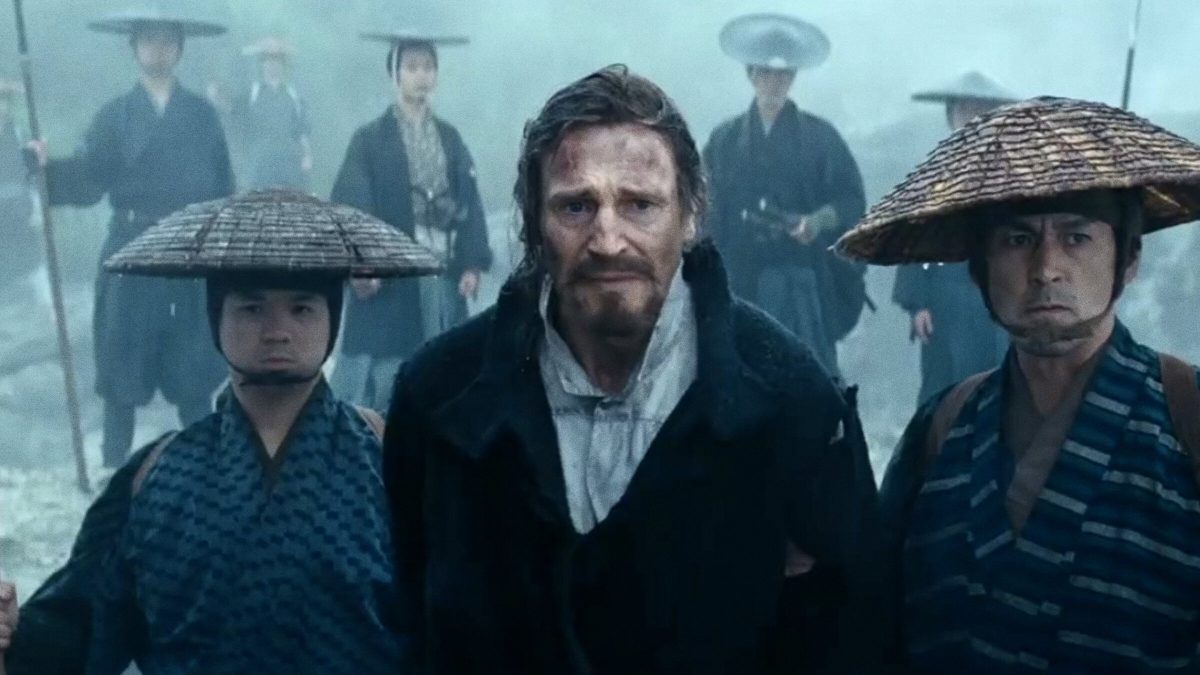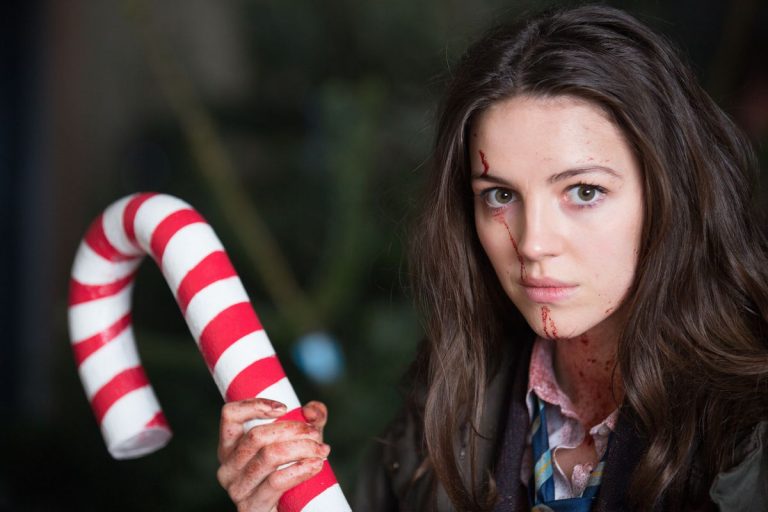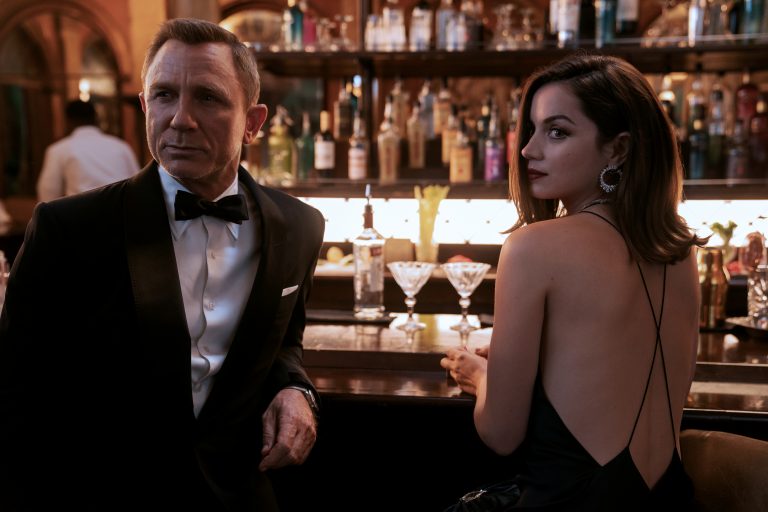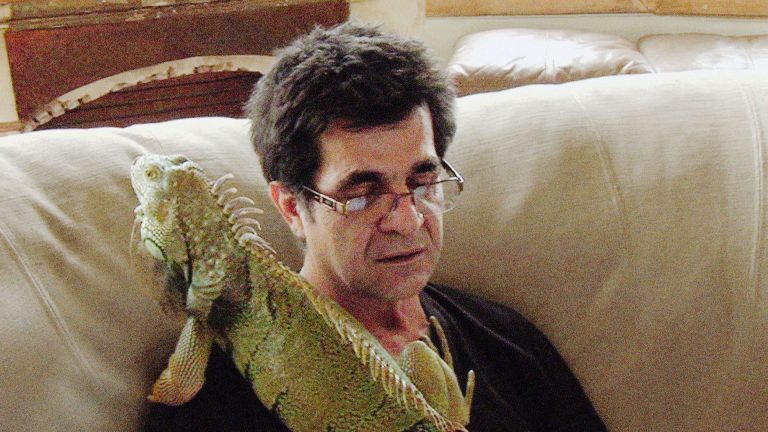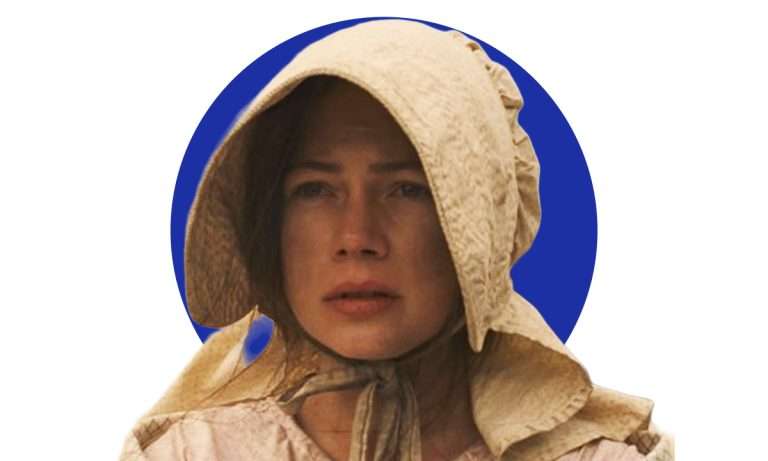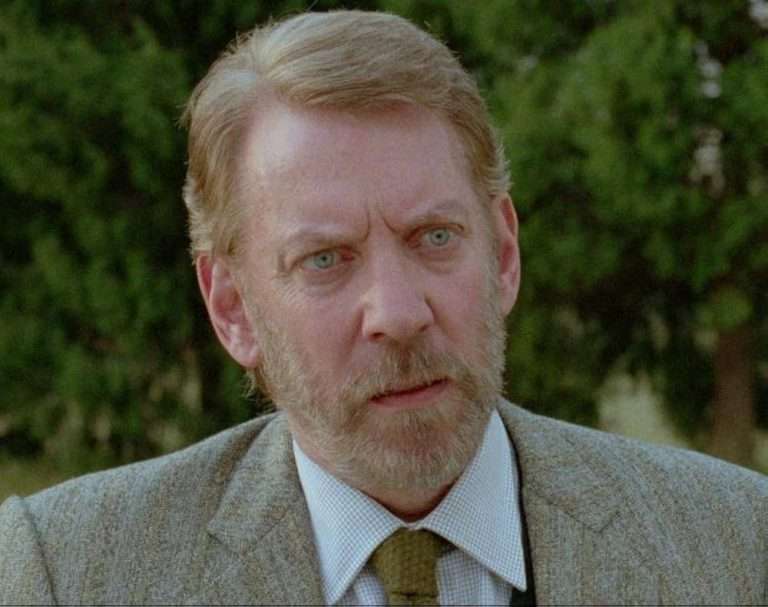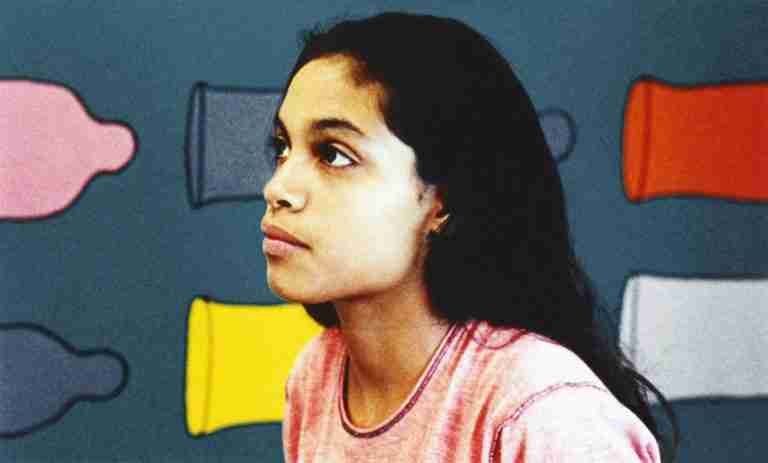“Film is history. With every foot of film that is lost, we lose a link to our culture, to the world around us, to each other, and to ourselves.”
– Martin Scorsese
We seldom find filmmakers who mingle so intimately with our collective existence that it becomes almost impossible to imagine a world without them and their creations. The American director of Sicilian descent, Martin Scorsese, is one of those rare creators whose films have inspired generations of filmmakers across the world. Considered a pivotal figure in the ‘American New Wave’, the man has had an incomparable contribution to world cinema.
From genre-defining ‘Gangster dramas’ to deeply introspective character studies, Scorsese has gifted us some of the greatest films of all time. Many of his films have garnered widespread love and appreciation both from the general audience and the critics, but there are a few films that have not received equal exposure like the others. In this list, I will be mentioning seven such underrated gems from Martin Scorsese’s filmography that deserve much greater attention and appreciation than they get presently.
7. Kundun (1997)
Very few people have heard of this less-discussed film. “Kundun” (meaning ‘the presence’, used by Tibetans to address the Dalai Lama), released in 1997 following Scorsese’s famous crime drama “Casino”, is the second instalment in his thematically connected Trilogy of Faith. It follows the birth and coming of age of the 14th Dalai Lama of Tibet.
The film chronicles a socio-politically turbulent time in Tibetan history following the Chinese occupation. Tibetan culture and religious traditions are authentically replicated in every frame. Tulku Jamyang Kunga Tenzin, Gyurme Tethong, and Tenzin Thuthob Tsarong portray the character of the Dalai Lama in different phases of his life with equal ease.
“Kundun” has an unforgettable frame of the Dalai Lama standing amidst a sea of corpses (dead monks), which creates an unparalleled emotional impact. The film received mostly positive reviews from critics for its spiritually evocative approach and scintillating visual style. This critical appreciation did not contribute to the film’s box office reception.
It was observed as unusually slow-paced and generated immense controversy upon release for its portrayal of the Chinese conquest of Tibet. Nonetheless, “Kundun” should be remembered for its representation of relevant themes of non-violence, compassion, and religious endurance. Above all, Scorsese’s introspective saga is a quest for emancipation. The Dalai Lama says in a crucial moment of the film, “You cannot liberate me, General Tan. I can only liberate myself.”
This singular line defines the core of the film.
6. The King of Comedy (1983)
Martin Scorsese and Robert De Niro have shared an unforgettable director-actor chemistry for several decades. People have cherished their collaboration in illustrious films like “Taxi Driver”, “Raging Bull”, and “Goodfellas”, but this particular collaboration has long been overlooked and underappreciated.
“The King of Comedy” is a unique film in Scorsese’s filmography, which can be observed as a satirical commentary on celebrity worship, fabricated media perceptions, and the aggressive lust for transient fame. Scorsese notably departed from his conventional storytelling style to create something fresh. Robert De Niro played Rupert Pupkin, an aspiring stand-up comedian who, consumed by his sheer obsession and delusion, goes on to kidnap his idol, the legendary comedian Jerry Langford.
What transpires next is a hilariously disturbing tale of human ambition and its disastrous consequences. The film contains a brilliant sequence where Rupert is seen enacting his own stand-up comedy show in front of an imaginary audience in the basement of his house. This singular impactful moment clearly depicts the alienated life of the protagonist.
De Niro delivers a haunting yet uncannily funny performance. The film is significant for transcending the realm of a regular social satire to become a poignant character study of a psychologically distressed protagonist. Scorsese’s timeless classic is still relevant, something that can be observed from its prominent influence on modern blockbusters like Todd Phillips’ “Joker” (2019).
5. The Age of Innocence (1993)
Scorsese has always been strictly against the idea of limiting himself to any specific genre. He has continuously experimented with form and narrative throughout his long filmmaking career. This film is a representation of his versatility as a filmmaker. Who could have imagined that a director known for making gritty Mafia films based on the infamous streets of New York would move on to create a breathtaking period drama?
Scorsese’s first collaboration with the spectacular Daniel Day-Lewis, “The Age of Innocence,” is an adaptation of Edith Wharton’s delicate novel of the same name. The bulging romance between Newland Archer, a prosperous young Lawyer, and Ellen Olenska, a cousin to his fiancée, May, forms the basic plot of the film set in a highly stratified social structure of the nineteenth century.
This socially illegitimate and unacceptable relationship develops through subtle indications in the film. Scorsese weaves intimacy through silent glances. The film is memorable for its authentic recreation of the era with dexterous production design, art direction, and intelligent use of the camera. The camera gradually becomes an active observer, capturing the minute details.
Daniel Day-Lewis delivers an extremely understated performance as he gradually unfolds layers of his character. The two leading ladies, Michelle Pfeiffer and Winona Ryder, spawn vividly contrasting portrayals. The title of the film “The Age of Innocence” can be observed as an oxymoron to the latent cruelties of the so-called ‘civilised’ Elite society of the time.
The Master List: 15 Best Martin Scorsese Pictures
4. Bringing Out the Dead (1999)
This gritty psychological drama, featuring Nicolas Cage in the lead, chronicles 48 tumultuous hours in the life of a paramedic named Frank Pierce who is momentarily haunted by the ghosts of the patients he was once unable to save. The deep sense of guilt embedded inside him gets personified through these visions. Frank is frustrated with his exhausting job; he cannot sleep at night and is continuously troubled by his disorienting hallucinations.
The screenplay of the film was adapted by Scorsese’s long-time collaborator, Paul Schrader, from Joe Connelly’s novel of the same name. Robert Richardson’s intentionally desaturated frames and uncanny usage of hard light create a hallucinatory atmosphere. The subversive sound design and a chaotic editing style intermingle to generate a delirious impact. “Bringing Out the Dead” received a poor box office reception upon release due to its bleak and depressing tone. Nonetheless, Scorsese’s deeply spiritual tale remains significant as a meditation on relevant themes like guilt, trauma, and redemption.
3. Cape Fear (1991)
An adaptation of John D. MacDonald’s classic psychological thriller novel The Executioners (previously adapted in 1962 by J. Lee Thompson), “Cape Fear” marked the seventh collaboration of Scorsese with his most dependable actor, Robert De Niro. De Niro plays the extremely flawed character of Max Cady, a psychotic criminal previously prosecuted for rape who comes back after serving fourteen years of imprisonment, seeking revenge from his former defence attorney.
This extremely disturbing film is the closest Scorsese ever came to making a horror movie (before “Shutter Island”). Unlike the 1962 version, Scorsese’s film operates more in the grey area, questioning traditional notions of morality. The film, highly inspired by Hitchcockian treatment of suspense, also delves deeply into the psychological turmoil suffered by the terror-stricken family.
Distorted camera angles and extensive usage of close-ups enhance the claustrophobic tone of the film. Another characteristic element of the film that generated widespread controversy upon release is the raw depiction of violence on screen. The graphic torture sequences make the viewer gasp and look away in terror and disgust.
De Niro effortlessly portrays the despicable killer and succeeds in terrifying the viewers in multiple instances, proving how skilful an actor he is and has always been! The film, despite becoming a box office success, received mixed reactions from some critics who compared it with the previous version and complained about its explicit nature. “Cape Fear” is still ignored by most Scorsese fans and does not get the praise it deserves.
2. After Hours (1985)
“After Hours” is regarded as one of the most experimental films ever created by Scorsese. Made on a comparatively modest budget, the film follows the story of a young office worker named Paul Hackett experiencing bizarre, meandering situations in his attempt to get back home on a particular night.
The film has an inherent Kafkaesque nature where the protagonist, convincingly played by Griffin Sunne, is shown encountering absurd, nightmarish conditions. Heckett gets tangled in an inescapable labyrinthine situation without any explanation or justification, similar to Kafka’s protagonists. Michael Ballhaus’s cinematography depicts the nightlife of Manhattan with a tinge of surrealism, creating a suffocating experience for the viewer.
The film blends elements from diverse genres like screwball comedy, psychological thriller, and neo-noir to create an unsettling atmosphere. Despite being critically acclaimed and bringing Scorsese the Cannes Film Festival Award for Best Director, “After Hours” remains a lesser-discussed film of his career. Multiple factors, like having an unconventional, indie tonality and a comparatively less popular actor in the lead role, may have contributed to the film’s underwhelming reception upon release, but “After Hours” is still remembered as a cult classic in Scorsese’s filmography.
1. Silence (2016)
“Silence”, the concluding film of Scorsese’s ‘Trilogy of Faith’, had been his passion project for a long which took 27 years to finally materialise. The film stars Andrew Garfield and Adam Driver as two Catholic missionaries on their journey to Japan in the seventeenth century to propagate Catholicism and find their long-lost mentor, played by Liam Neeson. Scorsese’s Catholic Christian orientation is prominently reflected in this film, which was previously observed in “The Last Temptation of Christ”. It is probably one of the most visually satisfying films by Scorsese. Rodrigo Prieta’s breathtaking images create a hypnotic impact.
The film begins with an extremely disturbing sequence of torture, but this scene, instead of being designed with flashy, disorienting cuts, is presented with tranquil static frames. This immobility of the camera makes the sequence more painful to watch. The meditative voice-overs, mainly from the perspective of Father Sebastião Rodrigues, the character played by Garfield, create a riveting experience for the viewer.
Scorsese avoided using a traditional musical score for this film and relied solely on natural sounds. So, the film in a way substantiates its title, but this is not the complete relevance of the term ‘silence’ here. The film talks about spiritual vulnerability, existential struggle, and the agonizing silence of God! Rodrigues laments at a particular moment,
“I feel so tempted. I feel so tempted to despair. I’m afraid. The weight of your silence is terrible. I pray, but I’m lost. Or am I just praying to nothing? Nothing. Because you are not there.”
Silence” was underappreciated primarily because the world was not expecting something so different from Scorsese after his thoroughly entertaining “The Wolf of Wall Street. This tremendously personal film deserves a lot more praise for its sheer brilliance than it gets.
These seven films are latent gems overshadowed by the more popular films of Scorsese’s long career.

